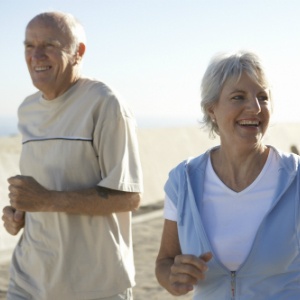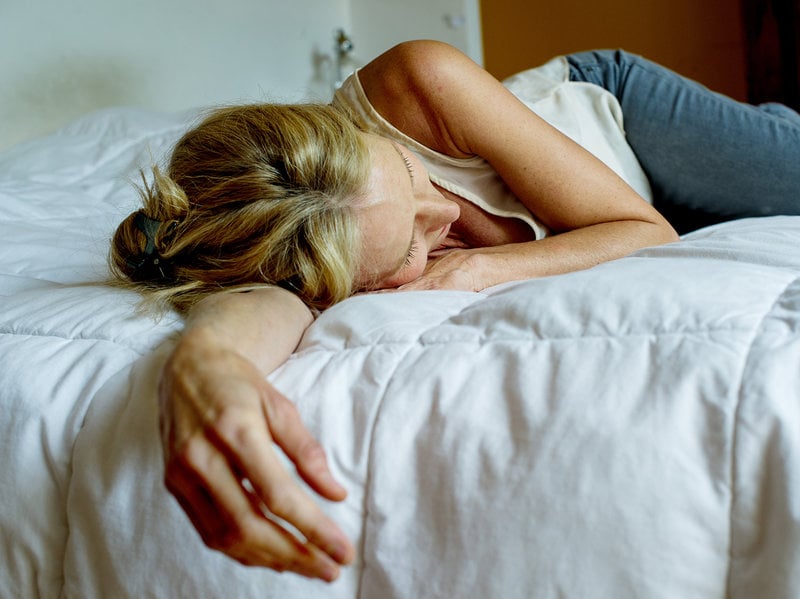With warmer weather here to stay, more and more older adults are venturing outdoors to enjoy summer. But just because you’re heading outdoors, your risk of falling doesn’t decrease.
In fact, it actually increases. According to the American Journal of Public Health, falls occur outdoors more than indoors for adults aged 45 and up. The majority of these falls are attributable to factors that could affect someone of any age: tripping on uneven surfaces or tripping or slipping on objects on a sidewalk, curb, or street.
But the risk of falling shouldn’t keep you from enjoying the outdoors. Here are some steps you can take to remain safe when you go outside, and what to do if you fall outdoors.
How Older Adults Can Stay Safe Outdoors
While you might not be able make safety modifications to an outdoor environment as easily as you could your home, there a few simple things you can do to ensure your safety:
- Be Aware of Your Shoes: Flip flops are an appealing option for summer footwear, but if you’re heading out for a walk, you might want to consider swapping your summer sandals for a shoe with a flat heel and rubber sole. The rubber sole can give you more traction, an enclosed shoe is less likely to slip off your foot and cause a tripping hazard.
- Keep Your Outdoor Areas Clear: Regardless of the season, it’s always a good idea to ensure your outdoor stairs, walkways, or decks are free of clutter, trash, or snow. If you’re going out for the night, turning on an outdoor light before you leave can help you avoid tripping or slipping when you return home.
- Use the Grass: If a sidewalk, street, or walking path looks unsafe, walk in the grass instead.
- Walk with a Friend: Taking a walk with a friend not only provides an opportunity to socialize, it can also provide protection against falling. Your friend can advise you of hazards you may not see, or, if you do fall, can get help or help you up.
- Carry a Cell Phone or Wear an Emergency Response Pendant: It’s always a good idea to make sure your cell phone or emergency response pendant is handy whether you’re indoors or outdoors. If you’ll be going outside by yourself, having your phone or pendant with you can help ensure your safety if you fall.
- Be Aware of Safe Practices if You Use a Walking Aid: If you use a walking aid like cane, remember to look straight ahead, not at your feet while walking. Be sure the rubber tip is clear of debris, and if it’s winter, any ice grips or tips are in place.
How to Get up After a Fall Outdoors
Just like you would for a fall indoors, assess your situation. If you’re unable to get up on your own, locate a sturdy object — something that won’t tip over — to pull yourself up on.
Examples of objects you could use include:
- A parked car
- A curb
- A tree
- Outdoor stairs
- A railing or fence
Once you’ve found an object, roll onto your uninjured side and use your arm and leg to slowly propel yourself to it.
For more detailed instructions on how to safely get up after a fall, take a look at this post.
Don’t let the risk of falling keep you from enjoying the great outdoors. By making sure you’re aware of your surroundings, keeping outdoor areas clear, wearing the right footwear, and keeping a cell phone or emergency pendant on hand, you can get out and take in all nature has to offer.














